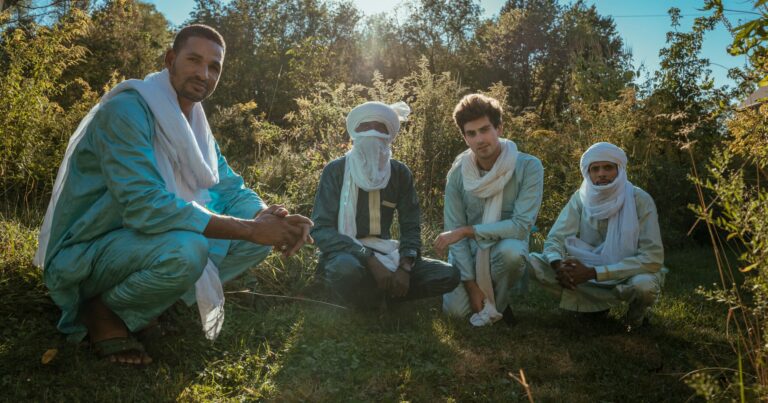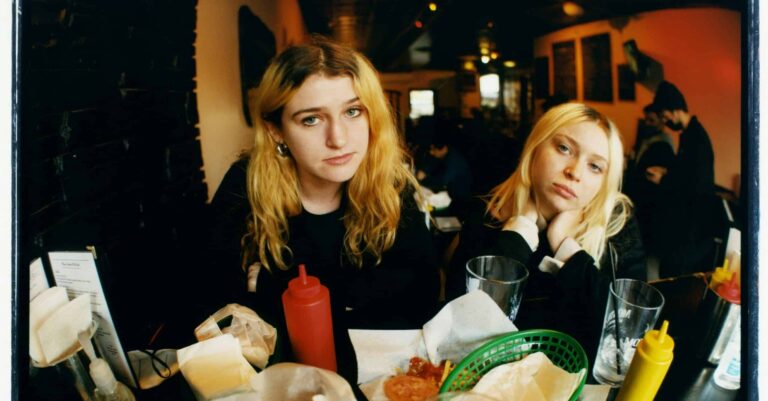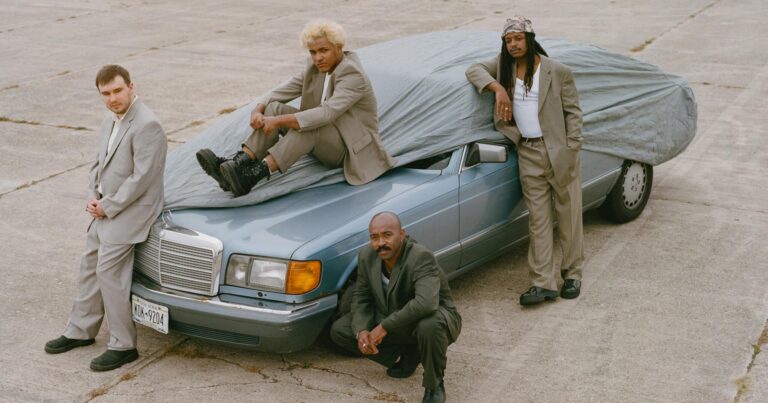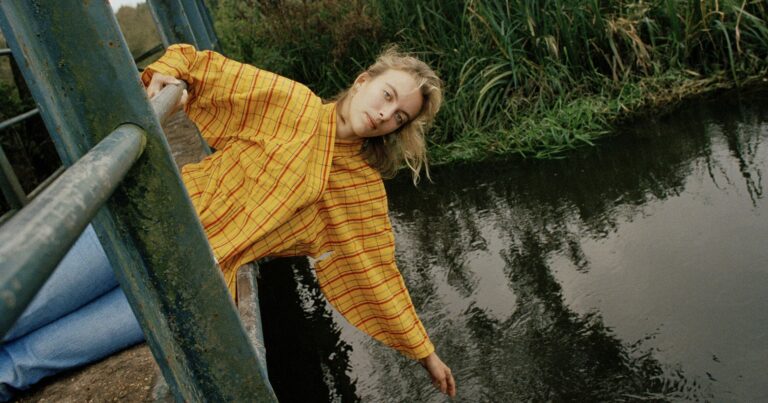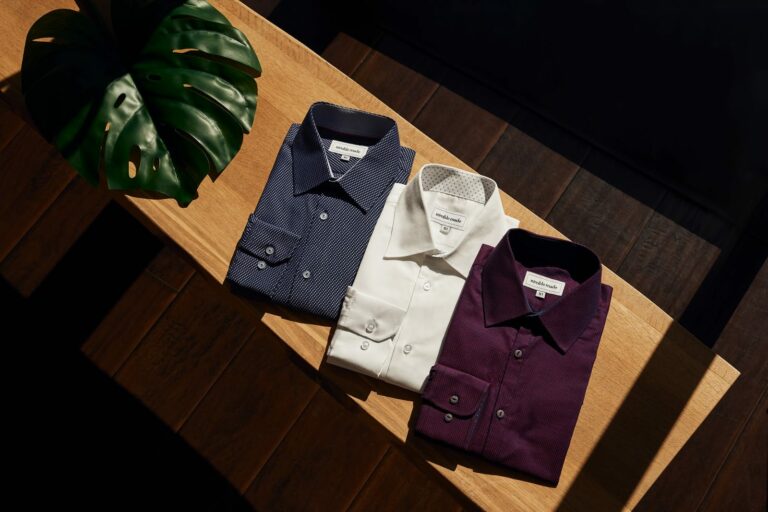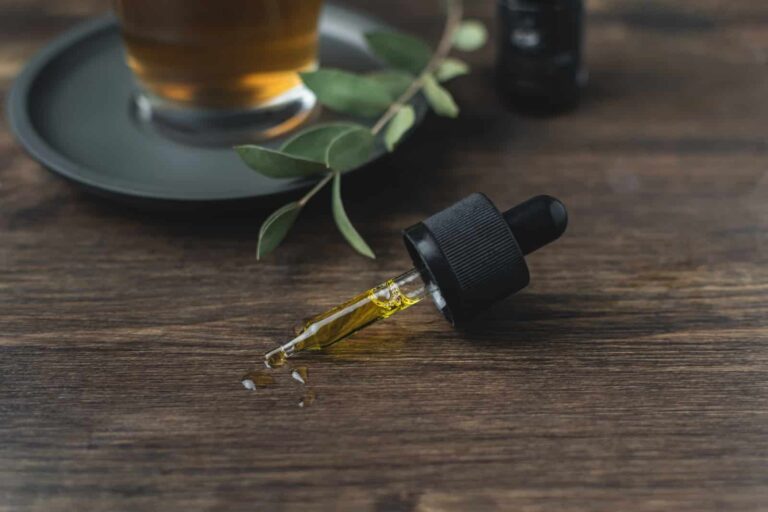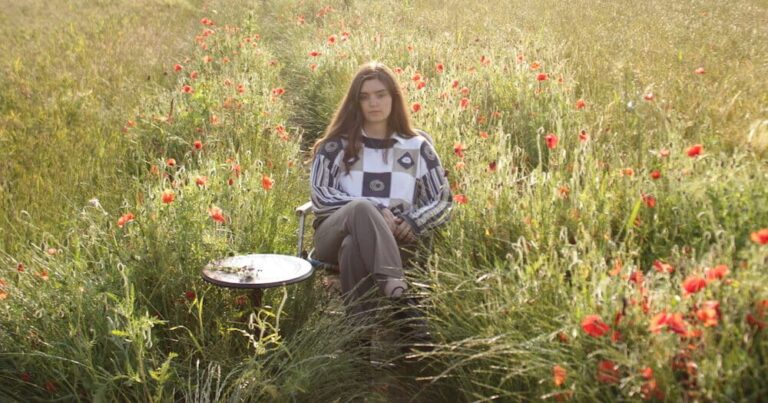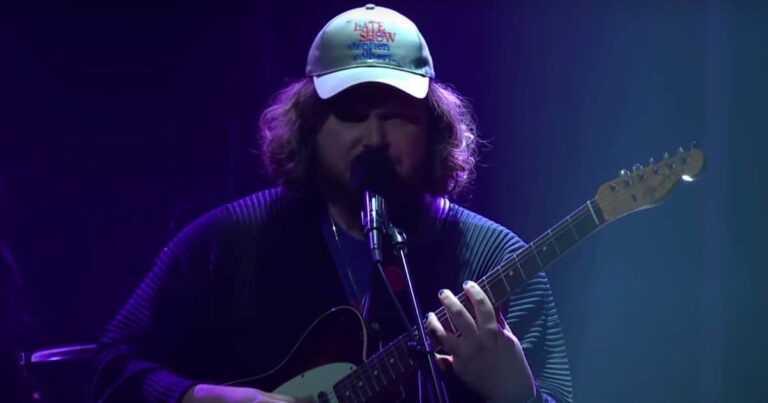With the many benefits of Cannabidiol (CBD) compounds found in the cannabis plant and its increasing popularity, more different plant strains emerged. One of these is the auto gelato strain with its distinct ice cream flavour.
Additionally, since CBD has been proven effective and promising by different research and clinical trials, its legalization in some states in the United States has also been approved. Consequently, several products are also now out on the market.
Forms of CBD Products
CBD products come in different forms, and each of them has its unique benefit and usage.
Tinctures
This is one of the most common and popular CBD products. It usually comes in bottles and is marketed in different flavours. They are placed under the tongue for a quicker effect.
Capsules or Soft Gels
CBD capsules or soft gels are used and taken as daily supplements. They are similar to vitamins.
Gummies
CBD gummies are just like any other gummies – they are just infused with CBD. Some people prefer it because of its different flavours.
Topical
CBD topicals are applied externally on the skin’s surface. They can come in the form of lotions and creams. It is said that CBD topical moisturizers last longer and can relieve skin discomfort or irritation.
To choose which form works best for you, you should first know what you need. If you want to immediately manage your discomforts, tinctures or CBD oil are suitable. If you’re going to take it as a daily supplement or vitamin, go for gummies and capsules.
5 Most Popular CBD Products
Here are the most prevalent CBD products:
1. Green Unicorn Farms’ CBD Gummies for Sleep and Relaxation
Green Unicorn Farms’ CBD gummies are one of the most popular products in the market. One of the reasons it’s sought after is because it is harvested and professionally curated on the brand’s farm. It also contains low Tetrahydrocannabinol (THC) or the psychoactive ingredient in cannabis.
Users can take these gummies within the day or night. Some eat them before going to bed for a good night’s sleep, while others take them during the day for relaxation. People who want a more powerful effect can take additional doses until they reach their desired result.
2. Green Roads Full Spectrum CBD Oil
This oil comes in different strengths, including 10mg, 25mg, and 50 mg. It’s an effective relaxation stress reliever designed to manage everyday stress, recover from exercise-induced inflammation, maintain a healthy sleep cycle, and provide a sense of calm.
To use the product, you’ll have to put the desired amount of oil in the mouth for 30 seconds before swallowing.
3. FOCL Day
FOCL Day is a combination of energetic adaptogens like Ashwagandha and Lion’s Mane and premium hemp CBD used to stay focused and relaxed. The product is also designed to gain mental focus and concentration, improve cognitive performance and memory, and relieve stress.
It is a popular product because it is 100% plant-based, made to FDA standards, has no herbicides or pesticides, and is a broad-spectrum CBD. The capsules are more effective when taken regularly.
4. Moon Mother Hemp Company Massage Oil
This massage oil contains 500mg CBD with lavender and jojoba essential oil. It is used to soothe skin and muscles while giving users a calming experience.
Moreover, the massage oil is also gluten-free and 100% organic. The hemp used is also produced by the company’s sustainable farming.
5. cbdMD
Users can buy the CBD tincture in bottles of 30ml or 60 ml. It also comes with various strengths, from 300mg to 7500mg. If you are new to CBDs, it is essential to know that every individual responds differently to a given strength. Some need a higher dose to get the desired effect, while others need less.
Another reason behind this brand’s fame is that it uses organic hemp. It is also considered a full spectrum CBD for its blend of CBD and other cannabinoids, fatty acids, and other compounds found in the hemp plant.
cbdMD tincture is used to relieve stress, pain, soreness, and stiffness due to hard work and exercise and promote a good night’s sleep.
Conclusion
Depending on your needs and preference, there are other popular CBD products marketed in different forms. These products also offer various wellness benefits to their users.
